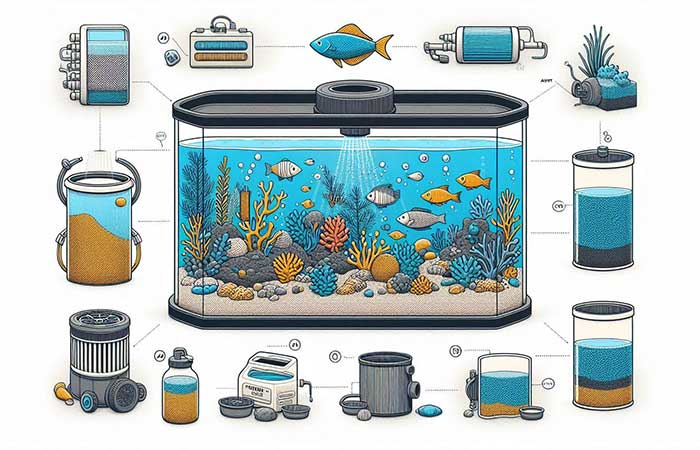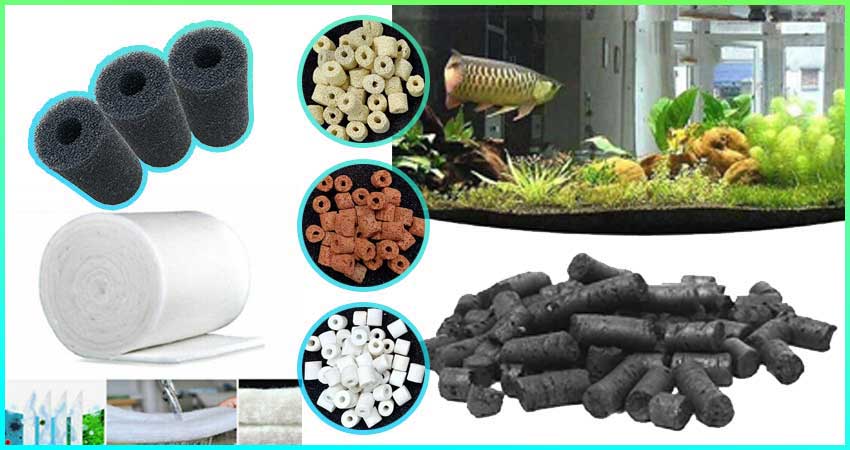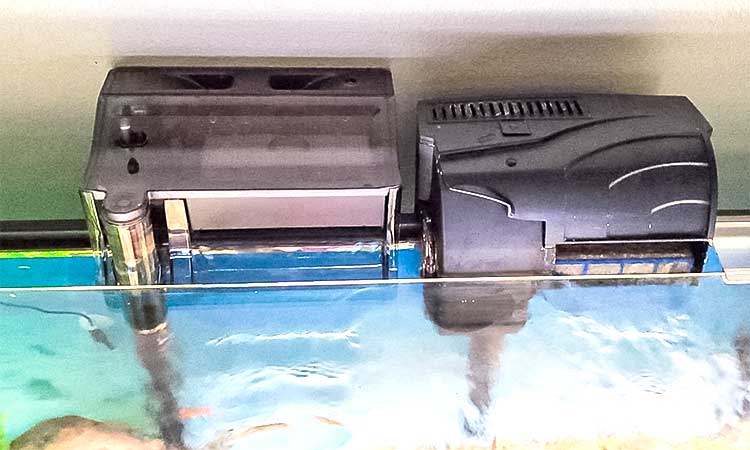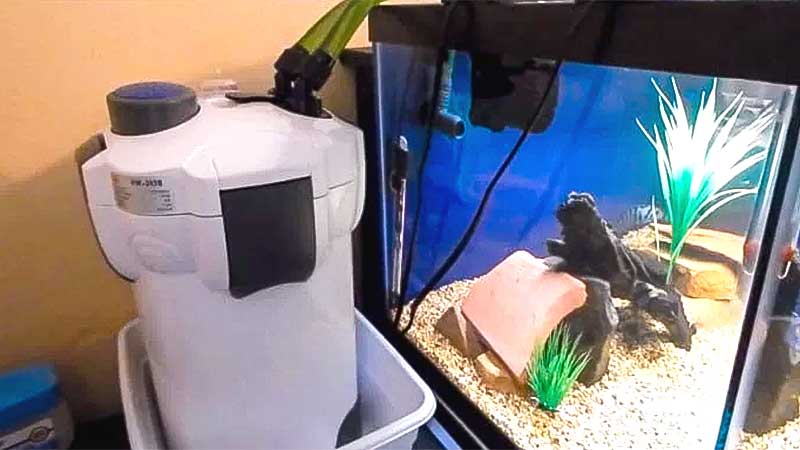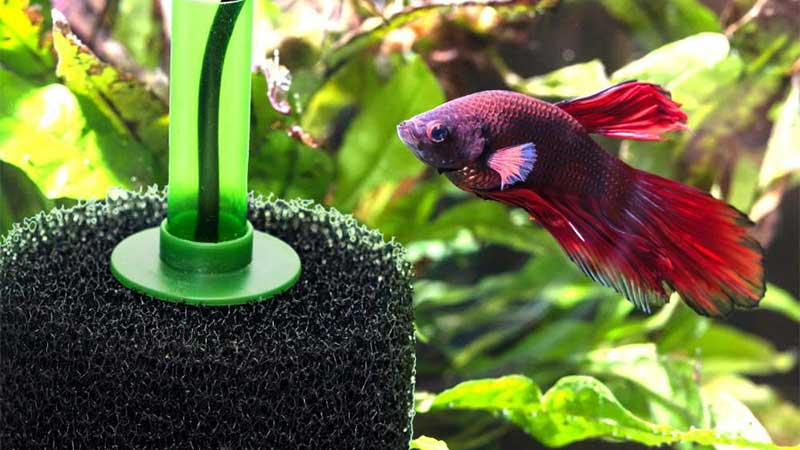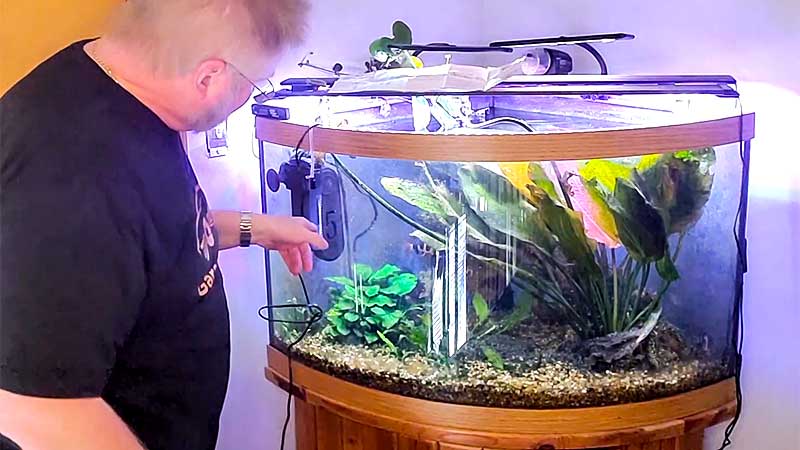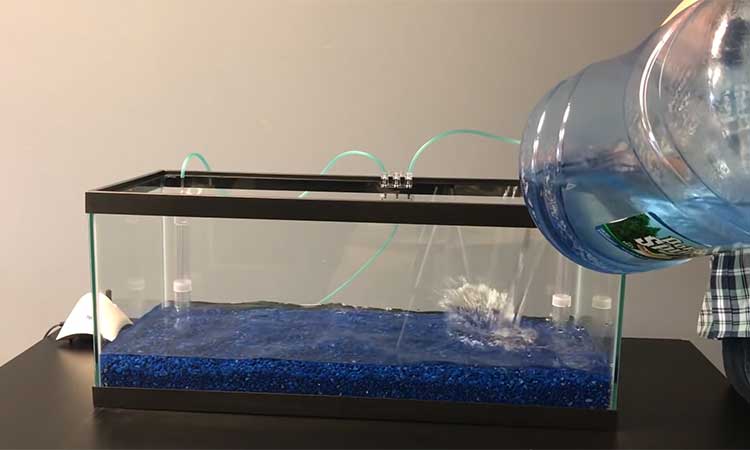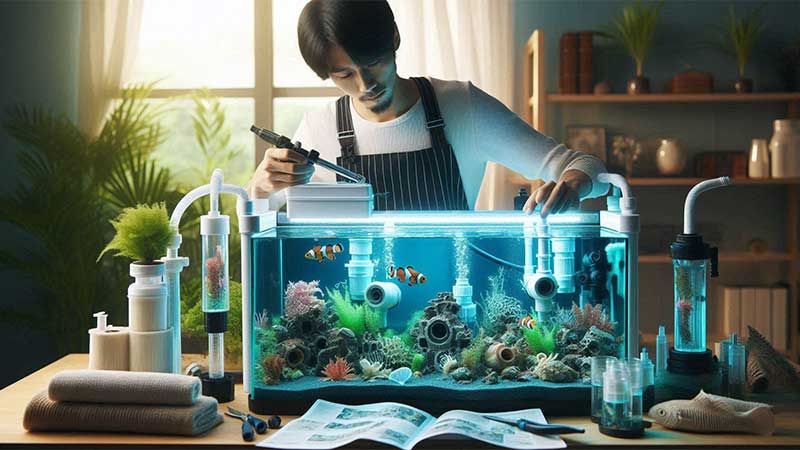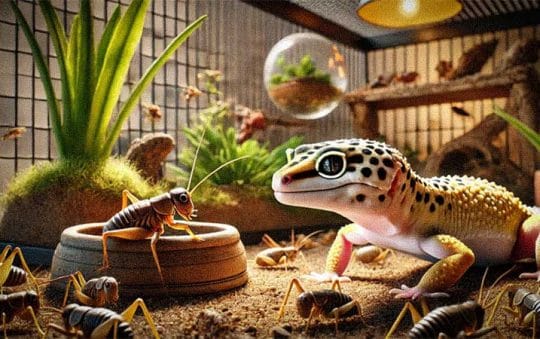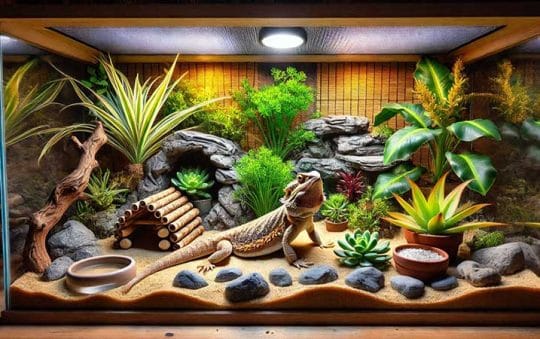A proper filtration system serves as the cornerstone of any healthy aquarium environment. In fact, many experienced aquarists consider the filter to be the single most crucial piece of equipment in maintaining a thriving underwater ecosystem. Freshwater aquarium filters not only remove visible debris but also maintain the delicate biological balance that keeps your fish healthy and your water crystal clear. Moreover, with the latest advancements in aquarium technology for 2025, choosing the right filter has become both easier and more complex due to the wide variety of options available.
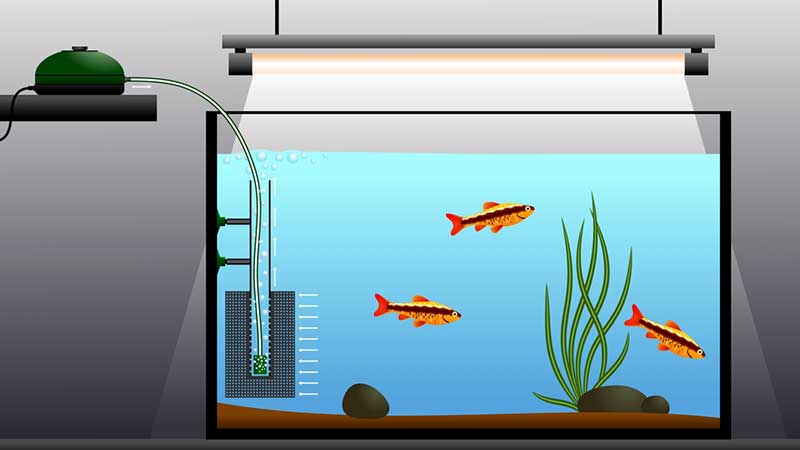
Understanding Basic Filtration Processes
Before diving into specific filter types, it’s crucial to understand how aquarium filtration works at a fundamental level. Water quality depends on a complex ecosystem of beneficial bacteria, proper water movement, and efficient waste removal. Furthermore, understanding these basics will help you make better decisions about your filtration needs.
The Science Behind Aquarium Filtration
Aquarium filtration mimics natural water purification processes found in rivers and lakes. In nature, water movement, beneficial bacteria, and various biological processes work together to maintain water quality. Your aquarium filter needs to replicate these processes in a much smaller space. Additionally, modern filtration systems must handle higher bioloads than would typically occur in nature due to the concentrated number of fish in an aquarium setting.
The Three Pillars of Filtration
1. Mechanical Filtration
Mechanical filtration serves as your tank’s first line of defense against physical waste. Think of it as a series of progressively finer sieves that trap particles of different sizes. These particles include:
- Fish waste and uneaten food
- Plant debris and dead leaves
- Dust and airborne particles
- Substrate particles and detritus
- Algae fragments and other organic matter
Modern mechanical filtration media comes in various forms:
- Filter floss or wool (finest filtration)
- Foam or sponge pads (medium filtration)
- Ceramic pre-filters (coarse filtration)
- Bio-sponges (combined mechanical and biological)
- Specialized polymer pads (custom filtration needs)
2. Chemical Filtration
Chemical filtration removes dissolved waste products and impurities that mechanical filtration can’t catch. This process uses various media types to adsorb or chemically bond with unwanted compounds. Common chemical filtration media includes:
- Activated carbon (removes organic compounds and medications)
- Zeolite (removes ammonia)
- Purigen (removes organic waste before it breaks down)
- Ion exchange resins (removes heavy metals)
- Specialty media (targets specific compounds)
3. Biological Filtration
Perhaps the most crucial aspect of aquarium filtration, biological filtration harnesses the power of beneficial bacteria to process toxic compounds. These bacteria perform the nitrogen cycle, converting:
- Ammonia → Nitrite (Nitrosomonas bacteria)
- Nitrite → Nitrate (Nitrobacter bacteria)
- Nitrate → Nitrogen gas (in anaerobic conditions)
5 Main Types of Aquarium Filters: In-Depth Analysis
1. Hang-on-Back (HOB) Filters
HOB filters continue to dominate the aquarium market in 2025, offering an excellent balance of efficiency, cost, and ease of use. These filters hang on the back of your aquarium, drawing water up through an intake tube and returning it via a waterfall-style outflow.
HOB Filter Components:
- Intake tube with strainer
- Motor and impeller assembly
- Filter chamber for media
- Adjustable outflow system
- Media basket or cartridge holder
Advantages of HOB Filters:
Modern HOB filters have evolved significantly, offering several benefits:
- Self-priming capabilities for easier maintenance
- Adjustable flow rates for different fish species
- Multiple media capacity for customized filtration
- Easy access for maintenance without tank disruption
- Efficient surface agitation for improved oxygenation
Ideal Tank Applications:
- Small to medium-sized tanks (5-75 gallons)
- Community fish setups
- Planted aquariums with appropriate flow adjustment
- Breeding tanks when equipped with pre-filter sponges
- Budget-conscious setups requiring reliable filtration
2. Canister Filters
Canister filters represent the pinnacle of aquarium filtration technology, offering superior filtration capacity and customization options. These external filters operate under pressure, forcing water through multiple layers of media for maximum efficiency.
Advanced Canister Technology:
- Multi-stage filtration chambers
- Pressurized water flow systems
- Electronic monitoring capabilities (newer models)
- UV sterilization options
- Smart flow adjustment features
Media Configuration Options:
Modern canister filters allow for sophisticated media layering:
- Mechanical pre-filtration layer (course sponges/ceramic rings)
- Fine particle removal (filter floss/polishing pads)
- Biological media chamber (bio-balls/ceramic noodles)
- Chemical filtration section (activated carbon/resins)
- Final polishing stage (fine filter pad)
Performance Considerations:
- Flow rate optimization based on tank size
- Media arrangement for maximum efficiency
- Maintenance scheduling for optimal performance
- Energy consumption monitoring
- Noise reduction techniques
3. Sponge Filters
While simple in design, sponge filters offer reliable biological filtration and are particularly valuable in specific aquarium setups. These air-powered filters have seen significant improvements in material quality and design efficiency for 2025.
Modern Sponge Filter Innovations:
- High-density foam materials for superior filtration
- Dual-sponge designs for increased efficiency
- Integrated pre-filter options
- Multiple porosity levels available
- Enhanced surface area for bacterial colonization
4. Internal Power Filters
Internal power filters have evolved significantly in 2025, offering advanced features while maintaining their space-saving design. These submersible units provide comprehensive filtration while remaining completely hidden within your aquarium setup.
Modern Features and Innovations:
- 360-degree water intake systems
- Integrated UV sterilization options
- Smart flow adjustment technology
- Multiple chamber filtration systems
- Energy-efficient motor designs
- Compact yet powerful filtration capacity
Applications and Benefits:
Internal power filters excel in specific situations:
- Nano aquariums and desktop setups
- Hospital/quarantine tanks
- Secondary filtration support
- Specialized biotope setups
- Space-constrained installations
5. Undergravel Filters
Undergravel filters utilize the entire substrate bed as a biological filter, creating a natural filtration environment. Recent technological improvements have addressed many traditional limitations of these systems.
Modern Undergravel System Components:
- Advanced plate designs for improved flow
- Hybrid powerhead/air-lift systems
- Integrated waste collection zones
- Multiple lift tube configurations
- Enhanced substrate support structures
Advanced Filter Selection Guide
Tank Size and Bioload Calculations
Proper filter selection begins with accurate tank assessment:
Tank Size Categories:
- Nano Tank Filters (1-15 gallons):
- Recommended turnover: 6-8 times per hour
- Best options: Internal filters or small HOB filters
- Small Tank Filters (16-29 gallons):
- Recommended turnover: 5-6 times per hour
- Best options: HOB filters or compact canisters
- Medium Tank Filters (30-55 gallons):
- Recommended turnover: 4-5 times per hour
- Best options: Canister filters or large HOB filters
- Large Tank Filters (56+ gallons):
- Recommended turnover: 3-4 times per hour
- Best options: Multiple canisters or combination systems
Filter Media Selection and Optimization
Mechanical Media Options:
Choose based on particle size removal requirements:
- Coarse Filtration:
- Ceramic rings
- Bio balls
- Coarse sponges
- Medium Filtration:
- Filter pads
- Fine sponges
- Polyester batting
- Fine Filtration:
- Micron pads
- Filter floss
- Polishing pads
Comprehensive Maintenance Guide
Routine Maintenance Schedules
Each filter type requires specific maintenance protocols for optimal performance. Furthermore, establishing a regular maintenance schedule prevents system failures and maintains water quality.
HOB Filter Maintenance:
- Daily Checks:
- Verify water flow
- Check for unusual sounds
- Monitor water level
- Weekly Tasks:
- Clean intake strainer
- Remove visible debris
- Check impeller operation
- Monthly Procedures:
- Deep clean filter housing
- Replace chemical media
- Rinse mechanical media
- Inspect all seals
Canister Filter Maintenance:
These sophisticated systems require methodical maintenance:
- Bi-Weekly Tasks:
- Monitor flow rate
- Check for leaks
- Observe return water clarity
- Monthly Requirements:
- Clean pre-filter material
- Replace chemical media
- Check hose connections
- Clean impeller assembly
- Quarterly Service:
- Complete media replacement schedule
- Deep clean all components
- Inspect O-rings and gaskets
- Test all mechanical parts
Advanced Troubleshooting Guide
Common Issues and Solutions
Reduced Flow Rate:
When experiencing decreased water flow, investigate these potential causes:
- Primary Causes:
- Media clogging
- Impeller obstruction
- Air lock in system
- Intake blockage
- Resolution Steps:
- Clean all filter media
- Inspect and clean impeller
- Check for trapped air
- Clear intake strainer
Noise Issues:
Unusual sounds often indicate specific problems:
- Rattling:
- Check impeller alignment
- Inspect for loose components
- Verify proper assembly
- Humming:
- Air in the system
- Impeller wear
- Motor bearing issues
Filter Media Deep Dive
Biological Media Options
Understanding different bio-media choices enhances filter performance:
- Ceramic Rings:
- High surface area
- Excellent bacteria colonization
- Long-lasting performance
- Bio-Balls:
- Efficient water flow
- Easy maintenance
- Good for wet/dry systems
- Matrix Media:
- Advanced porosity
- Superior bacteria hosting
- Anaerobic zones
Installation and Setup Guidelines
Proper Filter Installation
Correct installation ensures optimal freshwater aquarium filter performance. Follow these detailed steps for each filter type:
HOB Filter Installation:
- Initial Setup:
- Position filter at least 1 inch from tank wall
- Ensure intake tube reaches 2-3 inches from substrate
- Level filter housing for proper water flow
- Prime pump according to manufacturer specifications
- Media Installation:
- Layer media from coarse to fine
- Leave space for water movement
- Ensure no bypass around media
- Position biological media for maximum exposure
Canister Filter Setup:
- Pre-Installation:
- Plan hose routing for minimal bends
- Position canister below tank level
- Prepare media according to manufacturer guidelines
- Check all O-rings and seals
- Media Chamber Configuration:
- Bottom: Mechanical filtration (coarse to fine)
- Middle: Biological media
- Top: Chemical filtration and fine polishing
- Ensure proper media bag use
Performance Optimization
Flow Rate Optimization
Maximize filter efficiency through proper flow management:
- Flow Rate Calculations:
- Determine optimal GPH (Gallons Per Hour)
- Account for media resistance
- Consider fish species requirements
- Adjust for planted tank needs
- Performance Monitoring:
- Track water parameters weekly
- Monitor debris collection patterns
- Observe fish behavior
- Check for dead spots in water circulation
Advanced Filter Customization
Filter Modifications for Specific Needs
Customize your freshwater aquarium filter for optimal performance:
For Planted Tanks:
- CO2 Integration:
- Install inline CO2 diffusers
- Adjust surface agitation
- Optimize flow patterns
- Flow Modification:
- Add spray bars
- Install directional outputs
- Use flow reducers when needed
Frequently Asked Questions
Common Concerns
Filter Cycling Questions:
Q: How long does it take to cycle a new filter?
A: Cycling typically takes 4-6 weeks. However, using established media can significantly reduce this time. Monitor ammonia and nitrite levels throughout the process.
Q: Can I run multiple filters?
A: Yes, running multiple filters provides several benefits:
- Redundancy for safety
- Enhanced filtration capacity
- Better water circulation
- Easier maintenance rotation
Maintenance Questions:
Q: How often should I replace filter media?
A: Different media types have varying replacement schedules:
- Mechanical Media:
- Rinse/clean every 2-4 weeks
- Replace when deteriorating
- Chemical Media:
- Activated carbon: 3-4 weeks
- Zeolite: 4-6 weeks
- Biological Media:
- Rarely needs replacement
- Rinse in tank water only
Special Applications
Specialized Tank Setups
Breeding Tanks:
Special considerations for breeding setups include:
- Fry Safety:
- Use sponge pre-filters
- Maintain gentle flow
- Consider multiple small filters
- Water Quality:
- Enhanced mechanical filtration
- Frequent media cleaning
- Adjustable flow rates
Planted Aquariums:
Specific requirements for planted tanks:
- Flow Patterns:
- Directional output for even distribution
- CO2 optimization
- Debris removal without disturbing plants
- Media Selection:
- Focus on biological filtration
- Minimal chemical filtration
- Fine mechanical filtration for clarity
Future of Aquarium Filtration
Emerging Technologies
New developments in freshwater aquarium filters include:
- Smart Technology Integration:
- Mobile app monitoring
- Automated maintenance alerts
- Real-time water parameter tracking
- Energy Efficiency:
- Variable speed pumps
- Solar power options
- Enhanced flow dynamics
- Advanced Materials:
- Nano-filtration media
- Self-cleaning surfaces
- Biodegradable filter materials
Conclusion: Making the Right Choice for Your Aquarium
Selecting the right freshwater aquarium filter is crucial for maintaining a healthy aquatic environment. Throughout this comprehensive guide, we’ve explored the various types of filtration systems available in 2025, from versatile HOB filters to powerful canister systems. Moreover, understanding these options helps ensure you make an informed decision for your specific setup.
Key Takeaways for Filter Selection
- Consider Your Specific Needs:
- Tank size and bioload
- Fish species requirements
- Maintenance capabilities
- Budget constraints
- Balance Important Factors:
- Filtration efficiency
- Ease of maintenance
- Long-term reliability
- Cost of operation
Final Recommendations
For optimal results with your freshwater aquarium filter, remember these essential points:
- Regular Maintenance:
- Stick to recommended cleaning schedules
- Monitor filter performance consistently
- Replace media as needed
- System Optimization:
- Adjust flow rates for tank inhabitants
- Combine filtration types when necessary
- Keep spare parts on hand
Remember, the best freshwater aquarium filter is one that meets your specific needs while providing reliable, efficient filtration. By considering the information provided in this guide, you can make an informed decision that will contribute to the long-term success of your aquarium. Furthermore, proper maintenance and regular monitoring will ensure your chosen filtration system continues to perform optimally for years to come.
Moving Forward
As aquarium technology continues to evolve, stay informed about new developments in filtration systems. Additionally, consider joining aquarium communities and forums to share experiences and learn from other hobbyists. Your investment in proper filtration will reward you with a thriving, healthy aquatic environment that brings joy for years to come.
